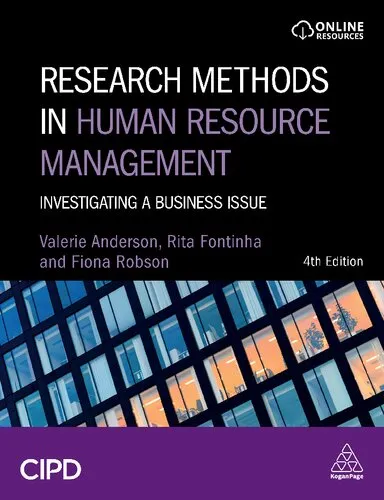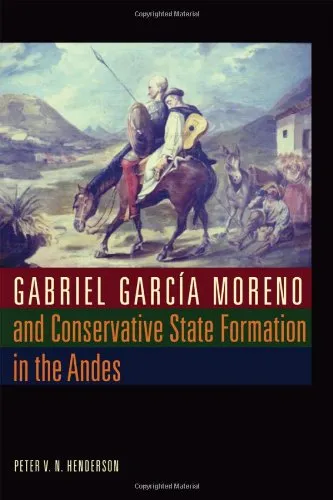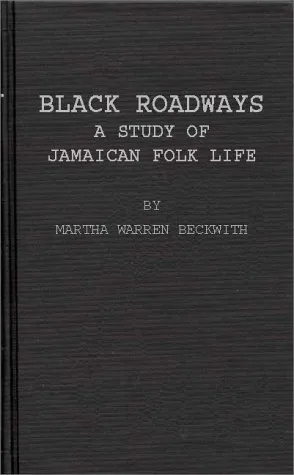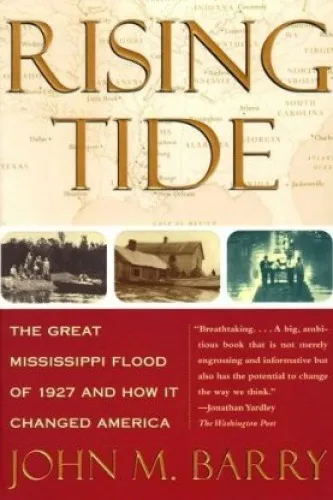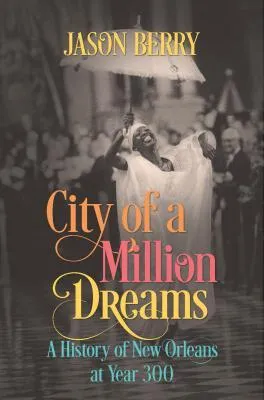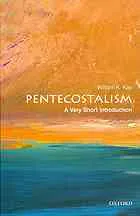The Vicuna: The Theory and Practice of Community Based Wildlife Management
4.0
بر اساس نظر کاربران

شما میتونید سوالاتتون در باره کتاب رو از هوش مصنوعیش بعد از ورود بپرسید
هر دانلود یا پرسش از هوش مصنوعی 2 امتیاز لازم دارد، برای بدست آوردن امتیاز رایگان، به صفحه ی راهنمای امتیازات سر بزنید و یک سری کار ارزشمند انجام بدینکتاب های مرتبط:
معرفی کتاب "The Vicuna: The Theory and Practice of Community Based Wildlife Management"
کتاب "The Vicuna: The Theory and Practice of Community Based Wildlife Management" به تحلیل و بررسی مدیریت زیستگاههای طبیعی با محوریت جامعهمحور میپردازد. این کتاب توسط Iain Gordon و به ویراستاری Iain J. Gordon تدوین شده است. در ادامه با بخشهای مختلف این کتاب آشنا خواهیم شد.
خلاصهای جامع از کتاب
کتاب به معرفی و بررسی رویکردهای مختلف مدیریت حیات وحش میپردازد که بر مبنای مشارکت جوامع محلی و خودکفایی آنها در حفاظت از منابع طبیعی است. "والیکونا" به عنوان یک گونه مهم در حیات وحش آمریکای جنوبی، مورد مطالعه و بررسی دقیق قرار گرفته و نقش آن در حفظ تنوع زیستی و اقتصاد جوامع بومی تحلیل شده است. نویسنده با تجزیه و تحلیل مطالعات موردی مختلف، عوامل موفقیت و چالشهای پیش روی مدیریت جامعهمحور را بررسی میکند.
نکات کلیدی کتاب
- نقش حیاتی جوامع محلی در مدیریت و حفاظت از زیستبومها
- چگونگی تحقق اقتصاد پایدار از طریق مدیریت صحیح حیات وحش
- تلاشهای بینالمللی و ملی در جهت حفاظت از گونههای در معرض خطر
- چالشها و فرصتها در اجرای برنامههای مدیریت مبتنی بر جامعه
جملات معروف از کتاب
"توانمندسازی جوامع محلی کلید موفقیت در حفظ زیستبومها و تنوع زیستی است."
"مدیریت جامعهمحور نه تنها به حفاظت از گونههای در خطر میانجامد بلکه منجر به بهبود شرایط زندگی انسانها نیز میشود."
چرا این کتاب اهمیت دارد؟
کتاب "The Vicuna: The Theory and Practice of Community Based Wildlife Management" به عنوان یک منبع ارزشمند در حوزه حفاظت از زیستگاهها و مدیریت پایدار حیات وحش، اطلاعات جامعی از تجربیات جهانی در این زمینه ارائه میدهد. این کتاب به ارتقاء آگاهی عمومی نسبت به اهمیت حفاظت از محیط زیست و نقش حیاتی جوامع محلی در این فرآیند کمک میکند. به واسطه دیدگاههای علمی و عملی ارائه شده در این کتاب، میتوان راهکارهای مؤثری برای مقابله با چالشهای زیستمحیطی فعلی یافت و به کار برد.
برای پژوهشگران، دانشجویان و فعالان حوزه محیط زیست، این کتاب نه تنها اطلاعات بنیادین و کاربردی را ارائه میدهد، بلکه به تبادل دانش و تجربیات بینالمللی نیز میپردازد.
Introduction to The Vicuna: The Theory and Practice of Community Based Wildlife Management
The Vicuna: The Theory and Practice of Community Based Wildlife Management explores the delicate balance between wildlife conservation and human development, centering on the vicuna, a camelid native to the high Andes. By shedding light on this unique animal, the book provides insights into community-based wildlife management (CBWM) and its potential role in sustainable development.
Detailed Summary of the Book
The book encapsulates a comprehensive analysis of the vicuna’s ecology, socio-economic importance, and integration into local and international conservation frameworks. It begins by delving into the biology of the vicuna, explaining its significance not only as a species but also as a symbol of the conservation movement in the Andean region. Historical factors that led to its near extinction are carefully examined, as well as the current measures that have been successful in its recovery.
Central to the book is the concept of community-based wildlife management (CBWM), which is presented as a collaborative approach involving local communities to ensure sustainable wildlife utilization. Case studies abound in describing how various communities across South America have adopted this model. The economic calculus of vicuna fiber trade is scrutinized, showcasing a pathway for local empowerment while safeguarding wildlife conservation. The interconnectedness of traditional practices and modern conservation strategies is portrayed, illustrating a unique synergy necessary for the vicuna's ongoing survival.
The narrative progresses to discuss the practical challenges and successes of implementing CBWM, providing illustrative examples of stakeholder engagement and conflict resolution. Additionally, the book raises poignant questions about the changing global landscape and its implications for both local communities and wildlife management policies, making it an essential resource for policymakers, conservationists, and community leaders.
Key Takeaways
- Understanding the role of the vicuna in ecological and socio-economic contexts provides a broader perspective on wildlife conservation.
- Community-based wildlife management is a viable model for achieving both ecological sustainability and economic growth in rural communities.
- Successful wildlife management requires the integration of local knowledge, stakeholder cooperation, and international conservation efforts.
- Continuous adaptation and learning are necessary to address the dynamic challenges faced in wildlife conservation.
Famous Quotes from the Book
"Conservation does not exist in isolation but thrives where people see value in preserving the natural world."
"When people and wildlife are viewed as allies rather than adversaries, true progress is made."
Why This Book Matters
The Vicuna: The Theory and Practice of Community Based Wildlife Management stands as an important contribution to the discourse on sustainability and wildlife management. As the pressures of climate change and human expansion increase, this book highlights the importance of integrative and inclusive management strategies. It champions the engagement and empowerment of local communities as pivotal to the conservation of biodiversity and the preservation of cultural heritage in the Andes and beyond.
By focusing on the vicuna, the book also addresses broader issues of animal conservation, highlighting the complexity and necessity of balancing human livelihoods with ecological protection. As such, it serves as a critical guide for academics, practitioners, and policymakers dedicated to advancing sustainable development goals through innovative management practices.
دانلود رایگان مستقیم
شما میتونید سوالاتتون در باره کتاب رو از هوش مصنوعیش بعد از ورود بپرسید
دسترسی به کتابها از طریق پلتفرمهای قانونی و کتابخانههای عمومی نه تنها از حقوق نویسندگان و ناشران حمایت میکند، بلکه به پایداری فرهنگ کتابخوانی نیز کمک میرساند. پیش از دانلود، لحظهای به بررسی این گزینهها فکر کنید.
این کتاب رو در پلتفرم های دیگه ببینید
WorldCat به شما کمک میکنه تا کتاب ها رو در کتابخانه های سراسر دنیا پیدا کنید
امتیازها، نظرات تخصصی و صحبت ها درباره کتاب را در Goodreads ببینید
کتابهای کمیاب یا دست دوم را در AbeBooks پیدا کنید و بخرید
1495
بازدید4.0
امتیاز0
نظر98%
رضایتنظرات:
4.0
بر اساس 0 نظر کاربران
Questions & Answers
Ask questions about this book or help others by answering
No questions yet. Be the first to ask!


